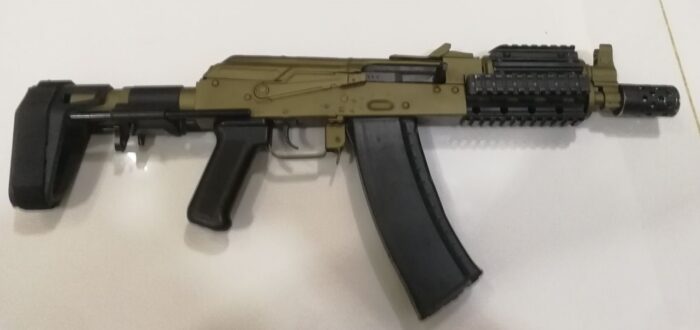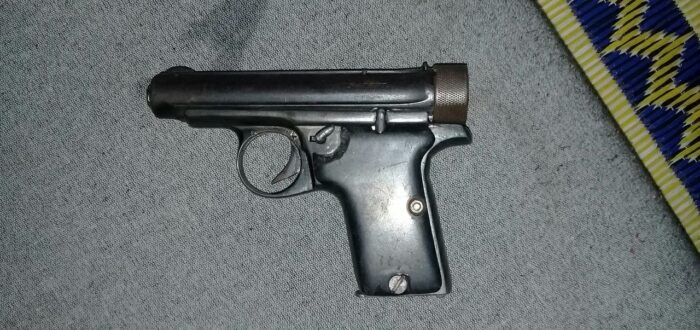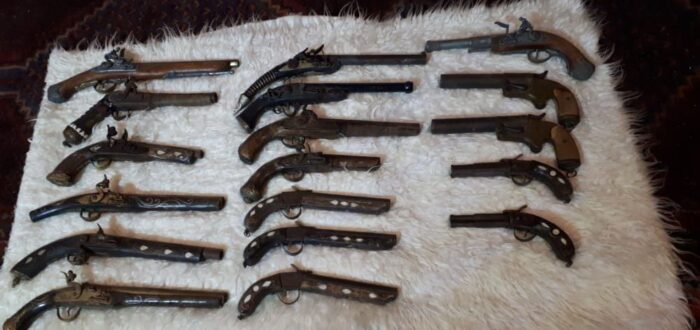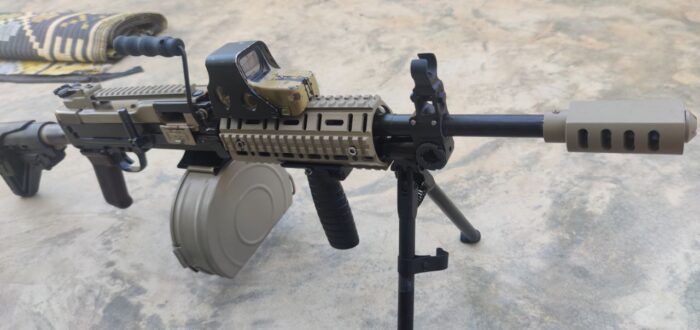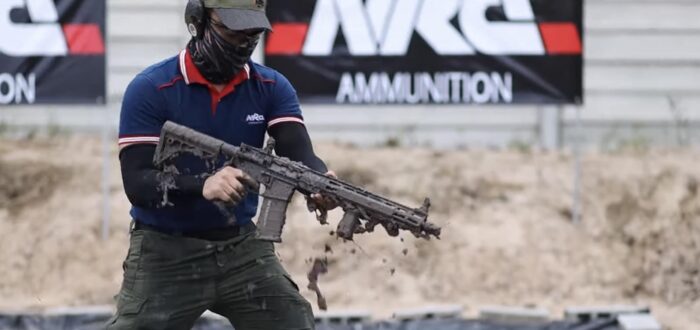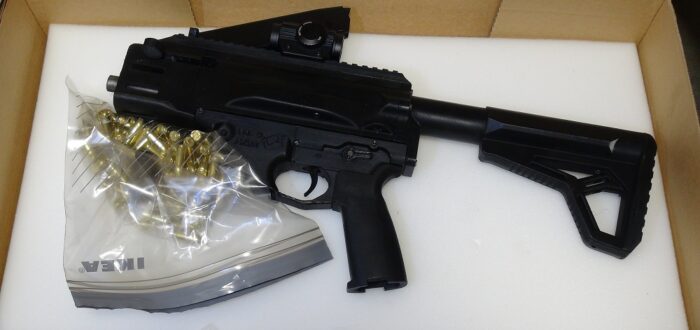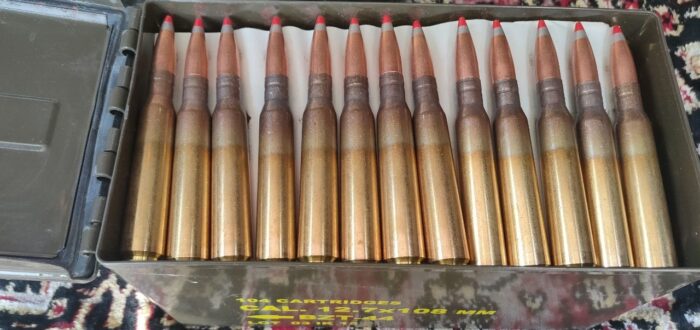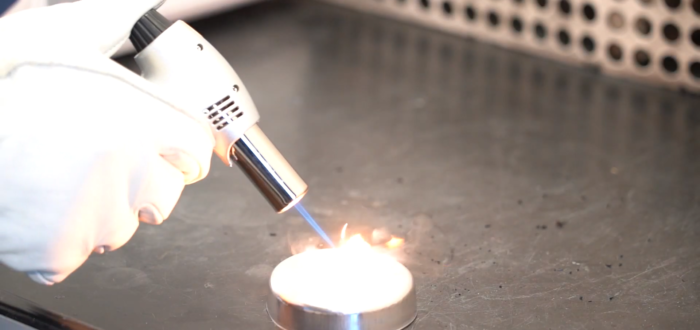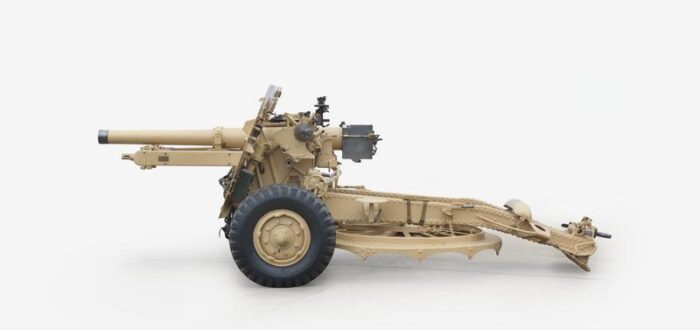Jack Shanley & Mick F. The conflict in Syria fuels a diverse trade in arms and munitions. Many transactions are performed online, providing an opportunity for remote analysis. This article is the seventh in a series of monthly updates to ARES Research Note 11: Analysing the Online Arms Trade in Opposition-controlled Syria. Readers should refer

